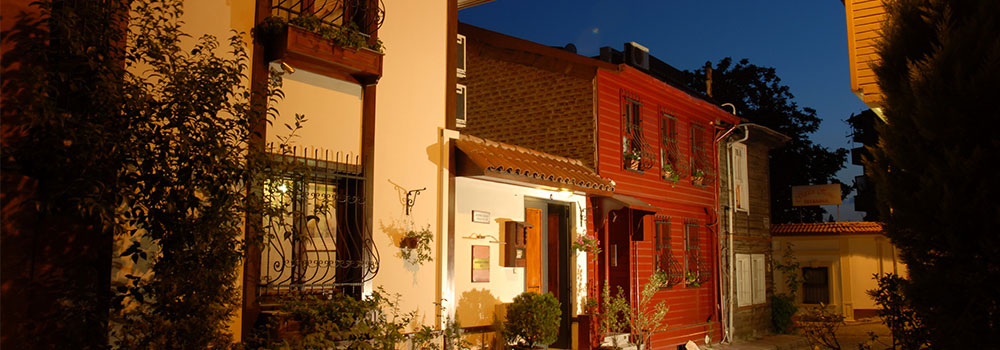Turkish and Islamic Arts Museum
Istanbul’s Turkish and Islamic Arts Museum (Türk-Islam Eserleri Müzesi), on the Hippodrome across from the Blue Mosqueu, is a treasure-house of beautiful objects from the Ottomann (14th to 20th centuries), Seljuk (11th to 13th centuries), and earlier periods beginning in the 8th century.
The best art was religious art during the Ottoman Empire, just as it was in medieval Europe.
Turkish carpets, illuminated Kur’ans, calligraphy (at which the Ottomans excelled), carved and inlaid wood, glass, porcelain and stone are well displayed. Turkish ethnographic exhibits—a fully-furnished nomads’ tent, a 19th-centuryOttoman parlor, and others—extend the collection beyond mere beautiful objects shown out of context.
The museum is housed in the restored Palace of Ibrahim Pasha, a sumptuous residence built by Sultan Süleyman the Magnificent‘s Grand Vezir (and intimate friend) Ibrahim Pasha (served 1523-1536). What you see is only part of the original structure, whose foundations date from about 1500.
Ibrahim Pasha was such a close friend and confidant of Süleyman’s, and had such influence over the monarch, that the sultan’s wife, Roxelana (Hürrem) was worried. When Ibrahim supported the candidacy of Prince Mustafa to be successor to the throne, rather than that of Roxelana’s son Selim, Roxelana acted.
She denounced Ibrahim to the sultan as a traitor, and on the night of March 14, 1536, after dining with the sultan in Topkapi Palace, Ibrahim was strangled, and all his wealth seized by the imperial government.
One of Ibrahim’s mistakes was in living in a palace and a style that rivaled that of his sovereign. Rüstem Pasha, his successor, did not make the same mistake. More…
The Museum of Turkish and Islamic Arts is open from 9 to 5 (closed Monday) for a small admission fee.
You may also want to visit the Istanbul Archeological Museums, a 10- to 15-minute walk northward past Ayasofya toward Topkapi Palace.



